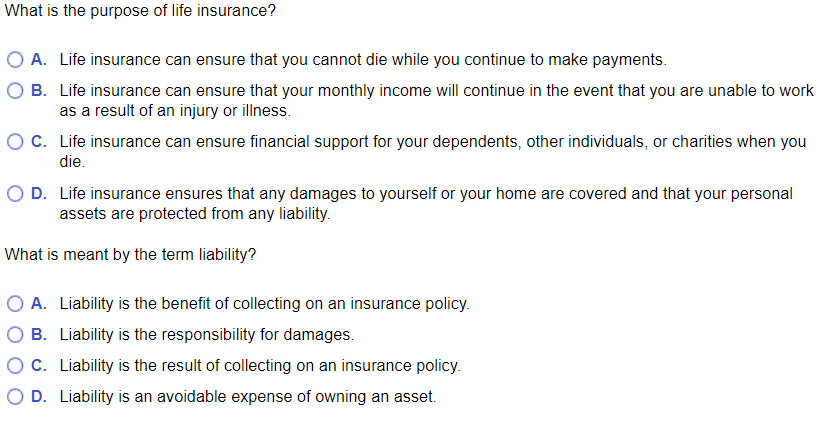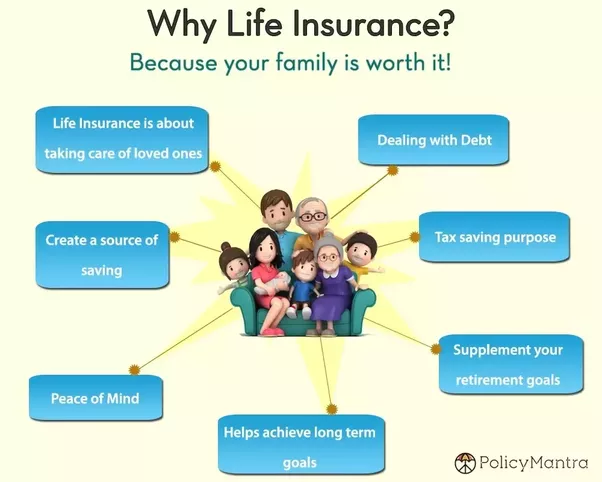Little Known Facts About Pacific Prime.
Little Known Facts About Pacific Prime.
Blog Article
Pacific Prime Fundamentals Explained
Table of ContentsSee This Report about Pacific PrimeGet This Report on Pacific PrimeRumored Buzz on Pacific PrimePacific Prime for DummiesSome Of Pacific Prime

This is since the information were gathered for a duration of solid economic efficiency. Of the approximated 42 million individuals who were without insurance, almost concerning 420,000 (about 1 percent) were under 65 years of age, the age at which most Americans come to be qualified for Medicare; 32 million were adults between ages 18 and 65, about 19 percent of all adults in this age; and 10 million were children under 18 years old, regarding 13.9 percent of all children (Mills, 2000).
These quotes of the number of individuals without insurance are created from the annual March Supplement to the Existing Population Survey (CPS), carried out by the Census Bureau. Unless or else kept in mind, nationwide estimates of individuals without health and wellness insurance and proportions of the populace with various type of protection are based upon the CPS, the most extensively utilized source of price quotes of insurance coverage and uninsurance rates.
The 45-Second Trick For Pacific Prime

Still, the CPS is specifically beneficial since it produces yearly quotes reasonably promptly, reporting the previous year's insurance coverage approximates each September, and due to the fact that it is the basis for a consistent collection of price quotes for even more than 20 years, permitting evaluation of patterns in insurance coverage in time. For these factors, as well as the considerable use the CPS in various other studies of insurance coverage that exist in this report, we count on CPS estimates, with restrictions noted.

The estimate of the variety of without insurance individuals expands when a populace's insurance policy standing is tracked for several years. Over a three-year duration beginning early in 1993, 72 million people, 29 percent of the U.S. https://issuu.com/pacificpr1me. populace, lacked insurance coverage for a minimum of one month. Within a single year (1994 ), 53 million people experienced at least a month without protection (Bennefield, 1998a)
Six out of every 10 uninsured adults are themselves utilized. Working does boost the possibility that one and one's household members will certainly have insurance policy, it is not a warranty. Even participants of households with two permanent wage earners have almost a one-in-ten opportunity of being uninsured (9.1 percent uninsured rate) (Hoffman and Pohl, 2000).
Fascination About Pacific Prime
New immigrants make up a considerable percentage of individuals without medical insurance. One analysis has actually connected a considerable part of the current growth in the size of the U.S. without insurance populace to immigrants that got here in the country in between 1994 and 1998 (Camarota and Edwards, 2000). Current immigrants (those that came to the United States within the past four years) do have a high rate of being uninsured (46 percent), other however they and their children represent just 6 percent of those without insurance across the country (Holahan et al., 2001).
The partnership between medical insurance and accessibility to care is well established, as documented later in this phase. Although the connection in between medical insurance and health and wellness results is neither direct neither basic, a considerable professional and health solutions research literary works links wellness insurance policy protection to enhanced accessibility to care, much better quality, and boosted personal and populace wellness status.
Levels of analysis for checking out the effects of uninsurance. This discussion of medical insurance protection concentrates mostly on the united state population under age 65 since basically all Americans 65 and older have Medicare or various other public insurance coverage. It concentrates particularly on those without any type of health and wellness insurance for any length of time.
The Pacific Prime Diaries
The issues faced by the underinsured are in some areas similar to those dealt with by the uninsured, although they are typically much less severe. Health insurance coverage, however, is neither required neither enough to obtain access to clinical services. The independent and straight impact of health insurance policy coverage on accessibility to wellness services is well developed.
Others will get the healthcare they require even without wellness insurance coverage, by spending for it out of pocket or seeking it from companies who use care cost-free or at extremely subsidized prices. For still others, health and wellness insurance alone does not make sure invoice of care as a result of various other nonfinancial barriers, such as an absence of healthcare carriers in their neighborhood, restricted access to transport, illiteracy, or linguistic and cultural differences.
Unknown Facts About Pacific Prime
Official study about uninsured populations in the USA dates to the late 1920s and very early 1930s when the Board on the Price of Medical Care produced a series of reports about financing doctor workplace visits and hospitalizations. This problem ended up being prominent as the numbers of clinically indigent climbed during the Great Anxiety.
Report this page